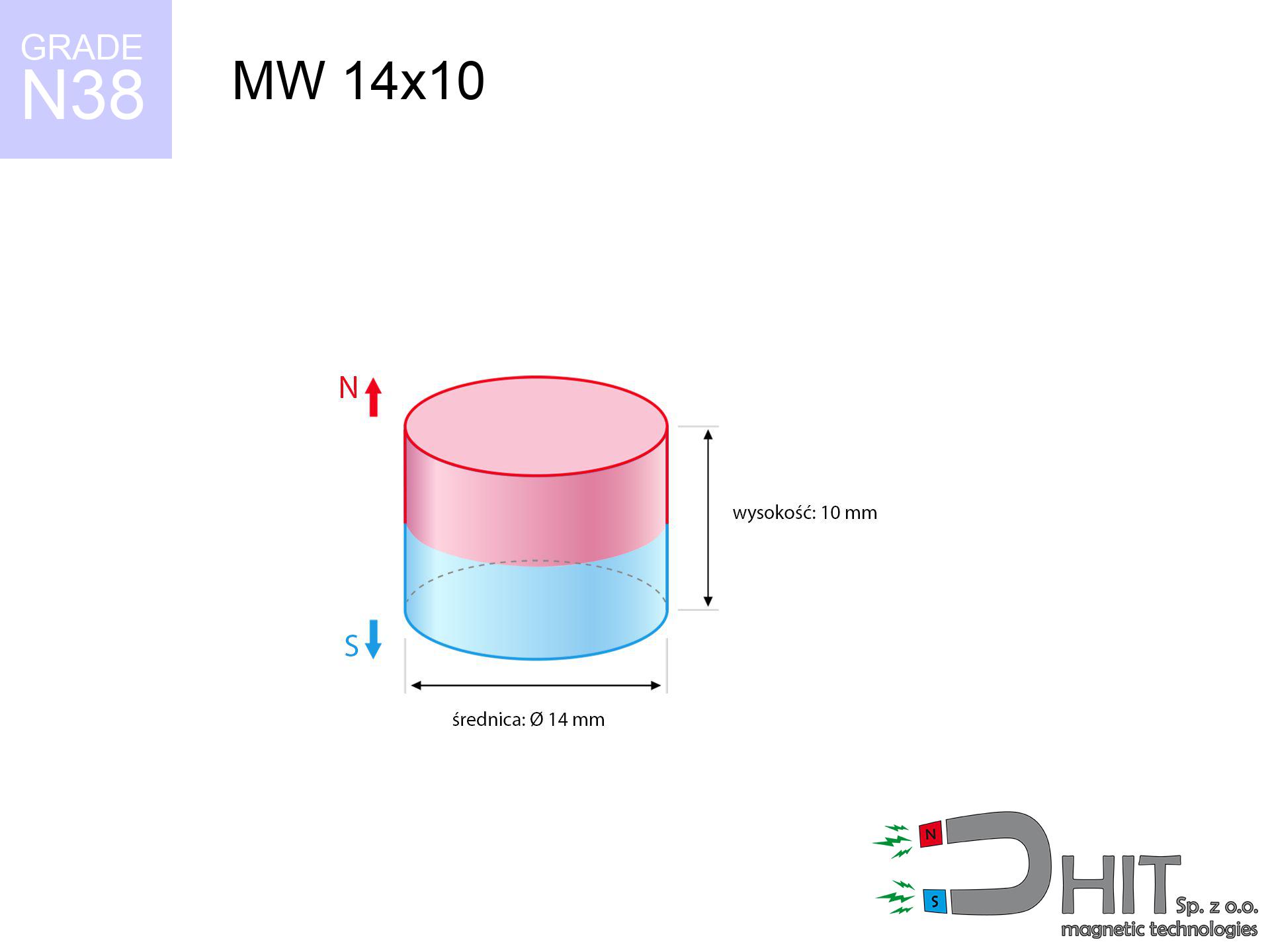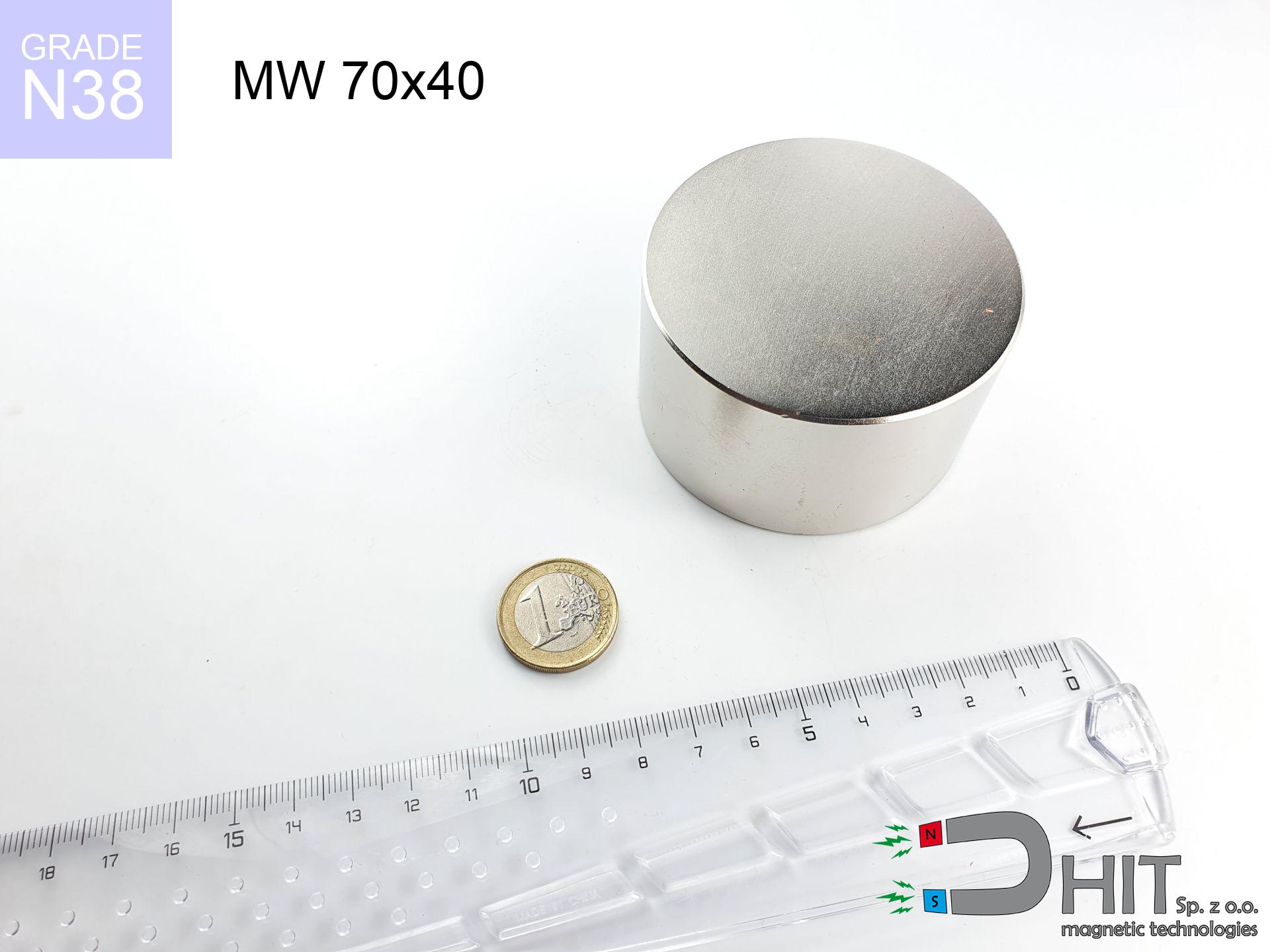AM ucho [M12] - magnetic accessories
magnetic accessories
Catalog no 080347
GTIN/EAN: 5906301812500
Weight
101.5 g
Load capacity
480.00 kg / 4707.19 N
9.84 ZŁ with VAT / pcs + price for transport
8.00 ZŁ net + 23% VAT / pcs
bulk discounts:
Need more?
Give us a call
+48 888 99 98 98
alternatively let us know via
request form
the contact page.
Strength as well as structure of a magnet can be analyzed on our
modular calculator.
Orders submitted before 14:00 will be dispatched today!
Physical properties - AM ucho [M12] - magnetic accessories
Specification / characteristics - AM ucho [M12] - magnetic accessories
| properties | values |
|---|---|
| Cat. no. | 080347 |
| GTIN/EAN | 5906301812500 |
| Production/Distribution | Dhit sp. z o.o. |
| Country of origin | Poland / China / Germany |
| Customs code | 85059029 |
| Weight | 101.5 g |
| Load capacity ~ ? | 480.00 kg / 4707.19 N |
| Manufacturing Tolerance | ±1 mm |
Physical properties of sintered neodymium magnets Nd2Fe14B at 20°C
| properties | values | units |
|---|---|---|
| Vickers hardness | ≥550 | Hv |
| Density | ≥7.4 | g/cm3 |
| Curie Temperature TC | 312 - 380 | °C |
| Curie Temperature TF | 593 - 716 | °F |
| Specific resistance | 150 | μΩ⋅cm |
| Bending strength | 250 | MPa |
| Compressive strength | 1000~1100 | MPa |
| Thermal expansion parallel (∥) to orientation (M) | (3-4) x 10-6 | °C-1 |
| Thermal expansion perpendicular (⊥) to orientation (M) | -(1-3) x 10-6 | °C-1 |
| Young's modulus | 1.7 x 104 | kg/mm² |
Material specification
| iron (Fe) | 64% – 68% |
| neodymium (Nd) | 29% – 32% |
| boron (B) | 1.1% – 1.2% |
| dysprosium (Dy) | 0.5% – 2.0% |
| coating (Ni-Cu-Ni) | < 0.05% |
Sustainability
| recyclability (EoL) | 100% |
| recycled raw materials | ~10% (pre-cons) |
| carbon footprint | low / zredukowany |
| waste code (EWC) | 16 02 16 |
Other products
Pros and cons of neodymium magnets.
Pros
- They retain magnetic properties for almost ten years – the drop is just ~1% (according to analyses),
- They are extremely resistant to demagnetization induced by external magnetic fields,
- A magnet with a metallic nickel surface looks better,
- Magnets exhibit very high magnetic induction on the outer layer,
- Due to their durability and thermal resistance, neodymium magnets are capable of operate (depending on the shape) even at high temperatures reaching 230°C or more...
- Possibility of accurate forming as well as modifying to specific applications,
- Key role in high-tech industry – they find application in HDD drives, electric motors, medical equipment, also other advanced devices.
- Relatively small size with high pulling force – neodymium magnets offer impressive pulling force in tiny dimensions, which allows their use in compact constructions
Disadvantages
- They are fragile upon too strong impacts. To avoid cracks, it is worth securing magnets in a protective case. Such protection not only shields the magnet but also increases its resistance to damage
- Neodymium magnets decrease their strength under the influence of heating. As soon as 80°C is exceeded, many of them start losing their force. Therefore, we recommend our special magnets marked [AH], which maintain durability even at temperatures up to 230°C
- Magnets exposed to a humid environment can corrode. Therefore while using outdoors, we suggest using water-impermeable magnets made of rubber, plastic or other material protecting against moisture
- We suggest cover - magnetic mechanism, due to difficulties in creating threads inside the magnet and complicated forms.
- Potential hazard to health – tiny shards of magnets can be dangerous, in case of ingestion, which gains importance in the aspect of protecting the youngest. It is also worth noting that tiny parts of these devices are able to complicate diagnosis medical after entering the body.
- Due to neodymium price, their price is relatively high,
Lifting parameters
Maximum lifting force for a neodymium magnet – what affects it?
- on a plate made of structural steel, effectively closing the magnetic field
- whose transverse dimension equals approx. 10 mm
- with an ideally smooth touching surface
- under conditions of no distance (metal-to-metal)
- for force acting at a right angle (pull-off, not shear)
- in temp. approx. 20°C
Practical aspects of lifting capacity – factors
- Distance – the presence of foreign body (paint, dirt, gap) acts as an insulator, which lowers power rapidly (even by 50% at 0.5 mm).
- Load vector – highest force is reached only during perpendicular pulling. The resistance to sliding of the magnet along the plate is standardly many times lower (approx. 1/5 of the lifting capacity).
- Steel thickness – too thin sheet causes magnetic saturation, causing part of the power to be wasted to the other side.
- Material type – the best choice is pure iron steel. Stainless steels may have worse magnetic properties.
- Surface condition – ground elements ensure maximum contact, which increases force. Uneven metal weaken the grip.
- Thermal environment – heating the magnet causes a temporary drop of induction. It is worth remembering the thermal limit for a given model.
Holding force was checked on the plate surface of 20 mm thickness, when the force acted perpendicularly, however under parallel forces the holding force is lower. Moreover, even a minimal clearance between the magnet’s surface and the plate decreases the holding force.
H&S for magnets
ICD Warning
Medical warning: Neodymium magnets can deactivate pacemakers and defibrillators. Stay away if you have medical devices.
Operating temperature
Monitor thermal conditions. Heating the magnet above 80 degrees Celsius will ruin its properties and strength.
Immense force
Be careful. Rare earth magnets act from a long distance and connect with massive power, often faster than you can react.
Keep away from computers
Do not bring magnets close to a wallet, laptop, or TV. The magnetism can permanently damage these devices and erase data from cards.
Swallowing risk
Only for adults. Small elements pose a choking risk, causing severe trauma. Store out of reach of kids and pets.
Magnet fragility
Watch out for shards. Magnets can fracture upon violent connection, ejecting shards into the air. We recommend safety glasses.
Crushing risk
Large magnets can break fingers in a fraction of a second. Under no circumstances place your hand between two attracting surfaces.
Precision electronics
Navigation devices and smartphones are extremely sensitive to magnetism. Direct contact with a powerful NdFeB magnet can permanently damage the sensors in your phone.
Fire risk
Dust generated during grinding of magnets is combustible. Do not drill into magnets without proper cooling and knowledge.
Allergic reactions
Certain individuals suffer from a sensitization to nickel, which is the standard coating for neodymium magnets. Extended handling may cause a rash. It is best to wear protective gloves.

![Equipment for magnets AM ucho [M12] Equipment for magnets AM ucho [M12]](https://cdn3.dhit.pl/graphics/banners/magnet.webp)
![AM ucho [M12] - magnetic accessories](https://cdn3.dhit.pl/graphics/products/am-ucho-m12-maz.jpg)





